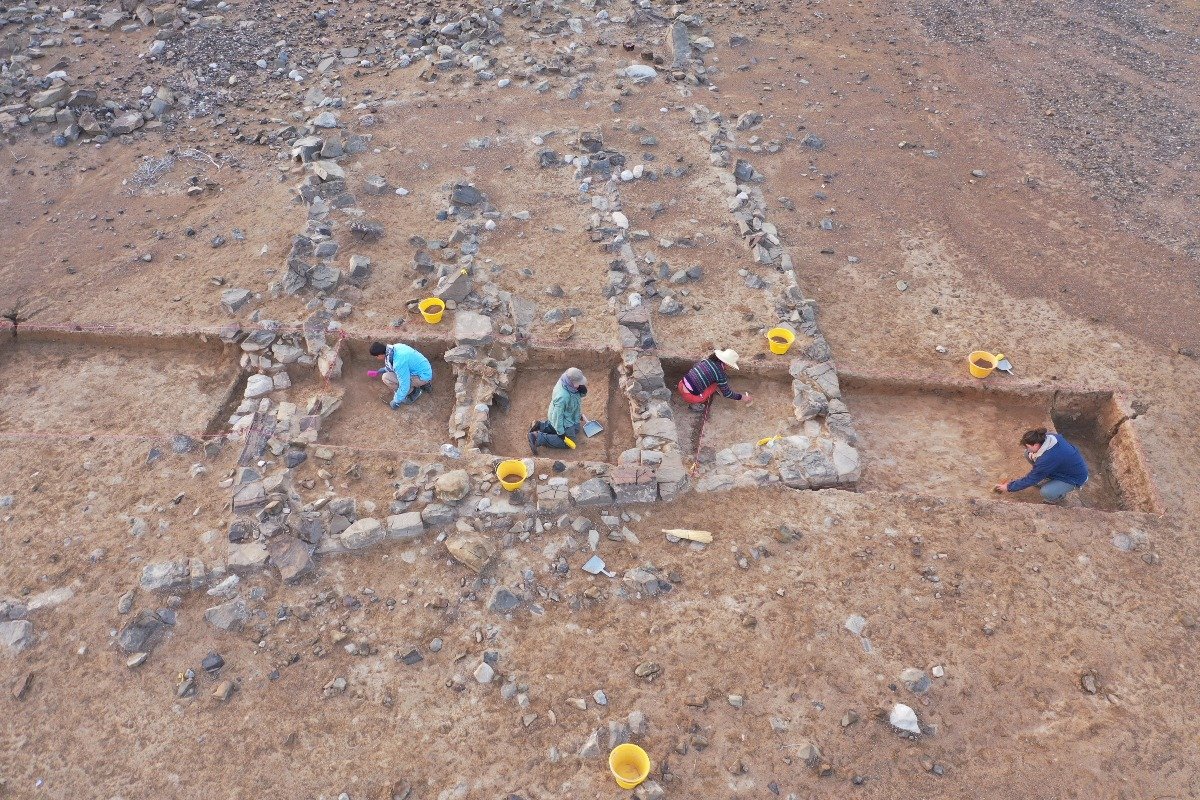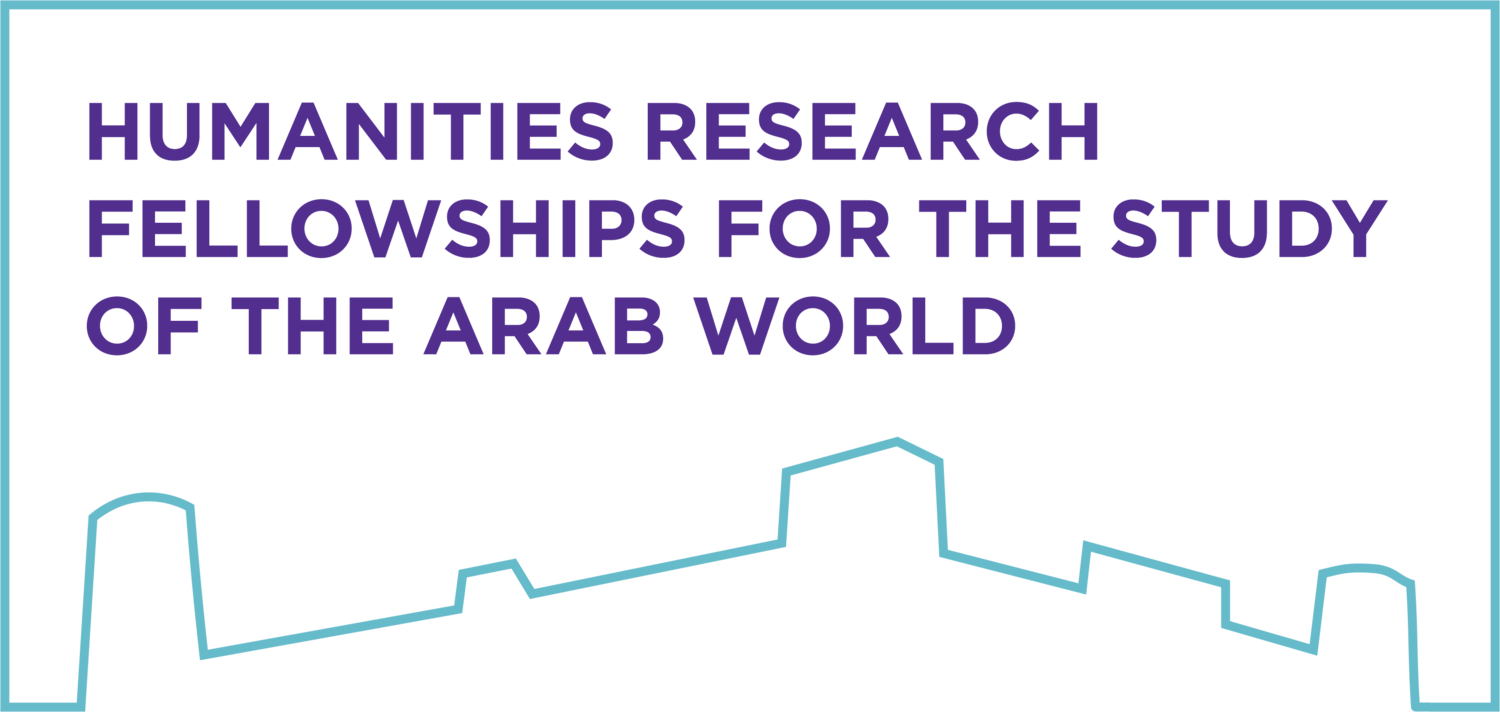
Beyond the Oasis
The Ancient Cultural Landscape of Bat and the Sharsah Valley
-
Grant Project Director
Eli Dollarhide
Humanities Research Fellow, BAT Archaeological Project (BAP) -
Jennifer Swerida
Bat Archaeological Project (BAP) Director -
Charlotte Cable
Bat Archaeological Project (BAP) Director
Project Description
Landscapes are a medium of activity that come to reflect and inform the cultural practices and beliefs of the human groups that create and occupy them. Yet studies of arid landscapes — especially those focused on the Near East — often privilege questions that target access to water above those that seek to explore the behaviors, meanings, and relationships that create cultural spaces in physical places.
The emphasis on the constraints of arid landscapes has also limited understanding of the generative roles such landscapes play in the societies that live in and engage with them. By examining a key cultural landscape in the hyper-arid environs of southeast Arabia, this project reveals how human interactions with and within such spaces and settings create culturally meaningful places and behaviors that enable them to thrive.
In affiliation with the Humanities Research Fellowship for the Study of the Arab World and supported by the National Endowment for the Humanities, the Ministry of Heritage and Tourism-Sultanate of Oman, and the Penn Museum (University of Pennsylvania), the Bat Archaeological Project (BAP) is conducting a new series of archaeological surveys and excavations targeting human-environment interaction at the UNESCO World Heritage Site of Bat, Oman. Previous research by BAP (2007-present) suggests that a web of settlements and related archaeological sites in the Bat region worked cooperatively to thrive in a challenging, hyper-arid landscape. These cooperative behaviors strategically engaged with diverse localized resources, while simultaneously and organically creating culturally meaningful spaces.
This project is a multi-year investigation into the Umm an-Nar period (UaN; ca. 2800-2000 BCE) cultural landscape of the Bat and its surroundings in the Sharsah Valley of northwestern Oman. Employing the tools of the environmental humanities, the project studies the cultural processes and socio-ecological strategies practiced by the UaN in the Sharsah Valley, ad-Dhahirah Region, northwestern Oman. The resulting reconstruction of an ancient cultural landscape will re-situate the critically understudied Omani interior in ongoing debates on connectivity and human environment interaction in prehistoric societies and build a case study for a persistent, thriving cultural landscape in an arid environment.
News
-
Today is a golden age for archaeology in the Middle East
From Gaza to Abu Dhabi, experts have been digging up spectacular things in recent weeks.
February 24, 2022
-
Discovery in Oman could show what ancient people ate more than 2,000 years ago
Unesco World Heritage sites of Bat, Al Khutm and Al Ayn are home to thousands of tombs and settlement buildings.
February 19, 2022
-
Tomb discoveries reveal Oman’s ancient trade route from coast to interior
Grave sites discovered in Ad Dhahirah governorate are revealing new information about the past.
July 7, 2021
-
Mapping Magan: a local look at the acient social landscape of Bat, Oman
New Clues to the Ancient History of the UAE and Oman Uncovered by NYUAD-Sponsored Team.
August 27, 2020
